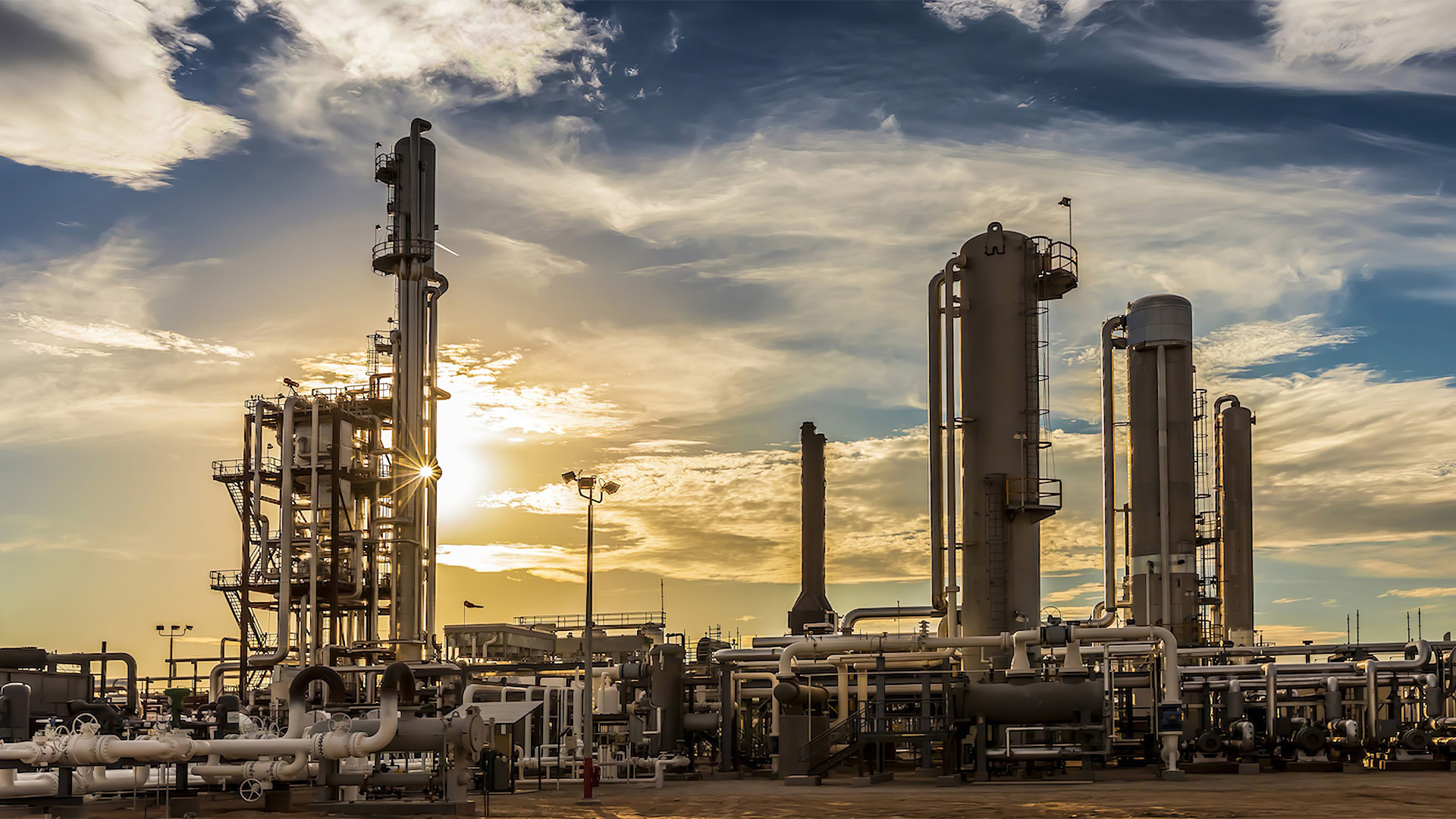
Ball valves are widely used for their simple design and efficient performance in many industries, such as oil and gas, chemical processing, and water treatment. The main function of a ball valve is to control the flow of fluids by turning a ball with a hole through it. When the hole is aligned with the flow path, the fluid flows through; when the ball is rotated, the hole is blocked, and the flow is stopped.

The compression resistance of a ball valve is largely influenced by the material of the valve body, the ball, and the seals. Typically made from materials like stainless steel, brass, or carbon steel, the body and internal components of a ball valve are designed to withstand high pressures. Stainless steel ball valves, in particular, have compression resistance, making them ideal for high-pressure systems.
However, the compression resistance of a ball valve is also dependent on its size and design. Smaller ball valves generally handle pressures up to 2000 psi or higher, whereas larger valves may have a lower pressure rating due to their increased size and complexity. Despite this, ball valves are known for their ability to provide tight seals, reducing the risk of leaks under compression.
For systems that require precise flow control at high pressures, a ball valve with strong compression resistance is essential. When selecting a ball valve for high-pressure applications, it's important to check the manufacturer's specifications to ensure the valve meets the necessary pressure requirements. The material choice also plays a significant role in how well the valve can handle compressive forces without suffering damage or leakage.
Large forged steel globe valves are essential components in many industrial systems, particularly in the oil, gas, and chemical industries. These valves are designed to regulate the flow of fluids by raising or lowering a plug (or disk) against a seat. Unlike ball valves, which rotate to control flow, globe valves offer more precise control due to their linear motion.
While both ball valves and large forged steel globe valves are designed to resist compression, they differ in terms of their construction and the specific conditions under which they perform better.
Ball valves are generally more suitable for applications that require quick shutoff or on/off control, especially in systems where high-flow rates are necessary. Their compression resistance makes them reliable for high-pressure situations, though their ability to provide precise flow control may be less than that of a globe valve.
Large forged steel globe valves, on the other hand, are specifically designed for precise flow regulation and can handle significantly higher pressure differentials than ball valves. Their compression resistance is especially important in systems where steady, controlled flow is necessary under high-pressure conditions. While these valves require more effort to operate due to their linear motion, they are essential in applications that demand high compression resistance and long-lasting performance.
When comparing the two valves, the choice between a ball valve and a large forged steel globe valve will depend on the application. For systems that require high-pressure regulation with precise flow control, a large forged steel globe valve may be more suitable. However, for systems requiring rapid on/off control and reliable compression resistance, a ball valve could be the better option.
Both ball valves and large forged steel globe valves require regular maintenance to ensure performance, especially when operating under high-pressure conditions. Regular inspections of the seals, body, and internal components are essential to maintain their compression resistance and prevent failures. For ball valves, this often involves ensuring the ball is free from debris and the seals are intact. For large forged steel globe valves, checking the valve stem and seat for wear and ensuring that the valve opens and closes smoothly are key maintenance tasks.

